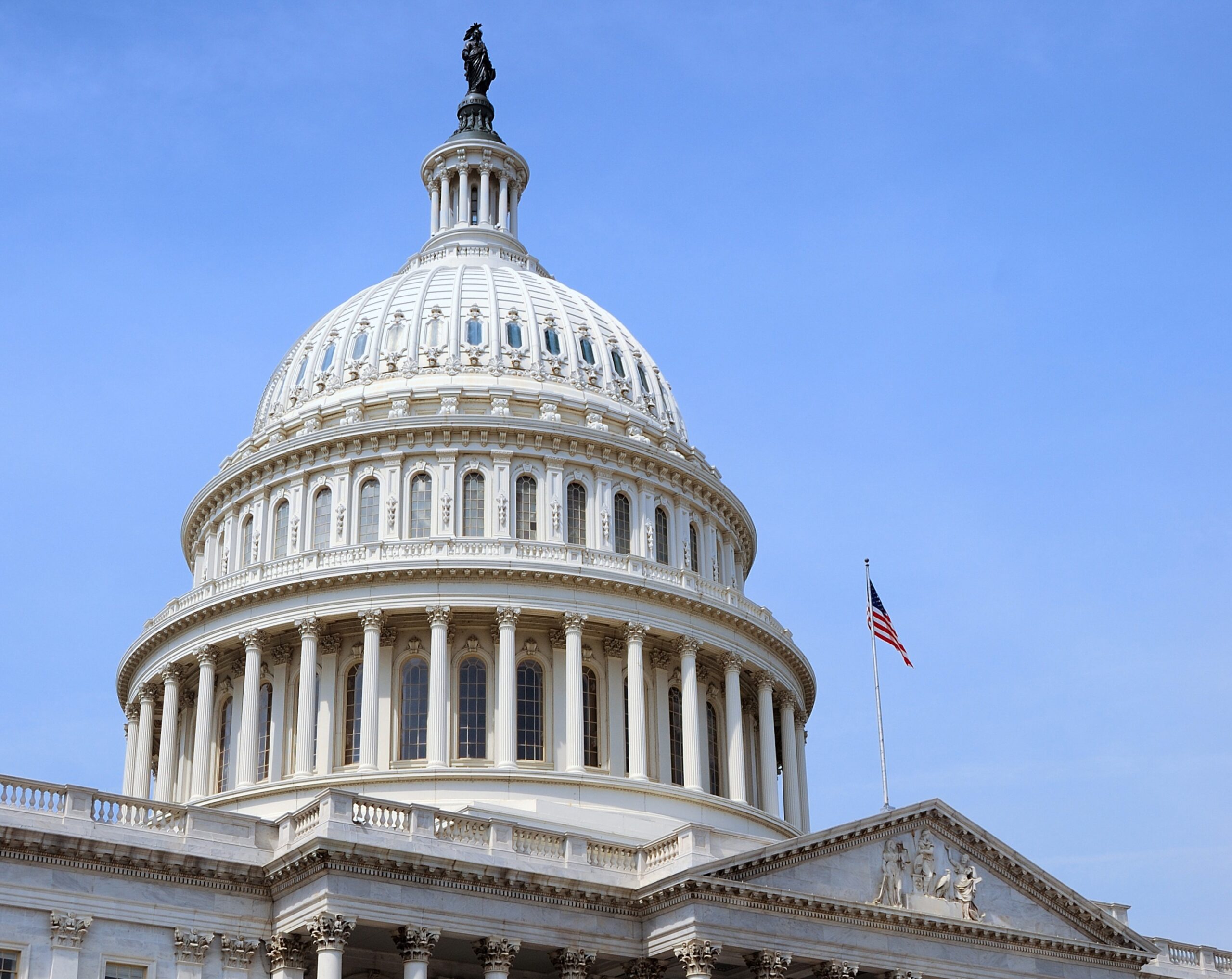US debt ceiling debate – and every day is groundhog’s day.

Experienced investors and observers of US politics know it well: the constantly recurring bickering about raising the debt ceiling in the United States. In times of clear majorities, this now common necessity can hardly lead to tensions in the financial markets. In periods when the governing party does not also have a majority in Congress, this question regularly becomes a political issue.
Article 1, Section 8 of the US Constitution states that only Congress has the authority to borrow for the federal government. In addition, the Second Liberty Bond Act of 1917 established that total obligations could not exceed USD 11.5 billion.
Since its introduction, the debt ceiling had to be raised, temporarily extended, suspended or completely reset 78 times. In situations where the majorities of both chambers differed, there was always cause for a more or less pronounced and chaotic stalemate, for which a compromise first had to be found between the government and the supposedly fiscally conservative congressmen of the respective opposing party.
If no agreement is reached, there may indeed be serious consequences for the US economy and the global financial system:
- As a result of the limited fiscal leeway, there could be downgrades of US government debt by the rating agencies. Rising interest rates as a result will further worsen financing conditions for the government and companies.
- Increasing uncertainty is likely to affect global financial market stability and could accelerate a move away from the US dollar.
- Investor confidence would be affected and stock prices would fall as a result of the increased uncertainty.
- US government spending would have to be reduced.
The scenario of a default therefore amounts to a threatening situation. Given the role of the US dollar as a global reserve currency and the importance of US government bonds in the global monetary and financial system, the likelihood of a resulting financial crisis and recession would be high.
So far, a compromise has still been found. However, the consequences of long negotiations became apparent in 2011: In addition to the distortions in bond and stock markets, the USA also lost its AAA debt rating, which had existed since 1941.
There is an obvious motivation for politicians in both camps to find a solution in the interest of the national budget. All credit-financed expenditures must be authorized by Congress in advance via budget laws; the state is then obligated to implement them. In this context, a repeated vote on whether those expenditures should be paid for seems absurd. Some legal experts consider the existence of the debt ceiling per se unconstitutional.
In the past, approval of an increase has often been linked to far-reaching concessions by the governing party or else delayed in order to damage the incumbent president by blocking it. In this case, too, the lack of will to reach agreement seems to be based less on a disagreement about the necessity than rather on political motivation: the term of office of the current US president, Joe Biden, ends next year. Republican politicians hence have an interest in weakening the president’s perception by the electorate. They also want to use the approval of the increase as an opportunity to prevent some of the measures initiated or announced by the Biden administration.
In particular, former US President Donald Trump is taking the opportunity to attack his possible future opponent and strengthen his own position – if necessary, even at the expense of the American people.
President Biden seems willing to make concessions. It is doubtful, however, whether he will lightly abandon crucial points of his presidency. Ultimately, it can be assumed that the debt ceiling will be resolved and the limit raised again before it is reached. When the government will have depleted its resources depends not least on the revenue side and budget discipline of the US government: While some market observers expect a default as early as June 1, other projections extend into July.
Regardless of the exact date, there may be swings in the markets until the dispute is resolved. Even if the stakes are currently high – a settlement will follow, as none of the parties ultimately wants to be held responsible for the negative effects.

